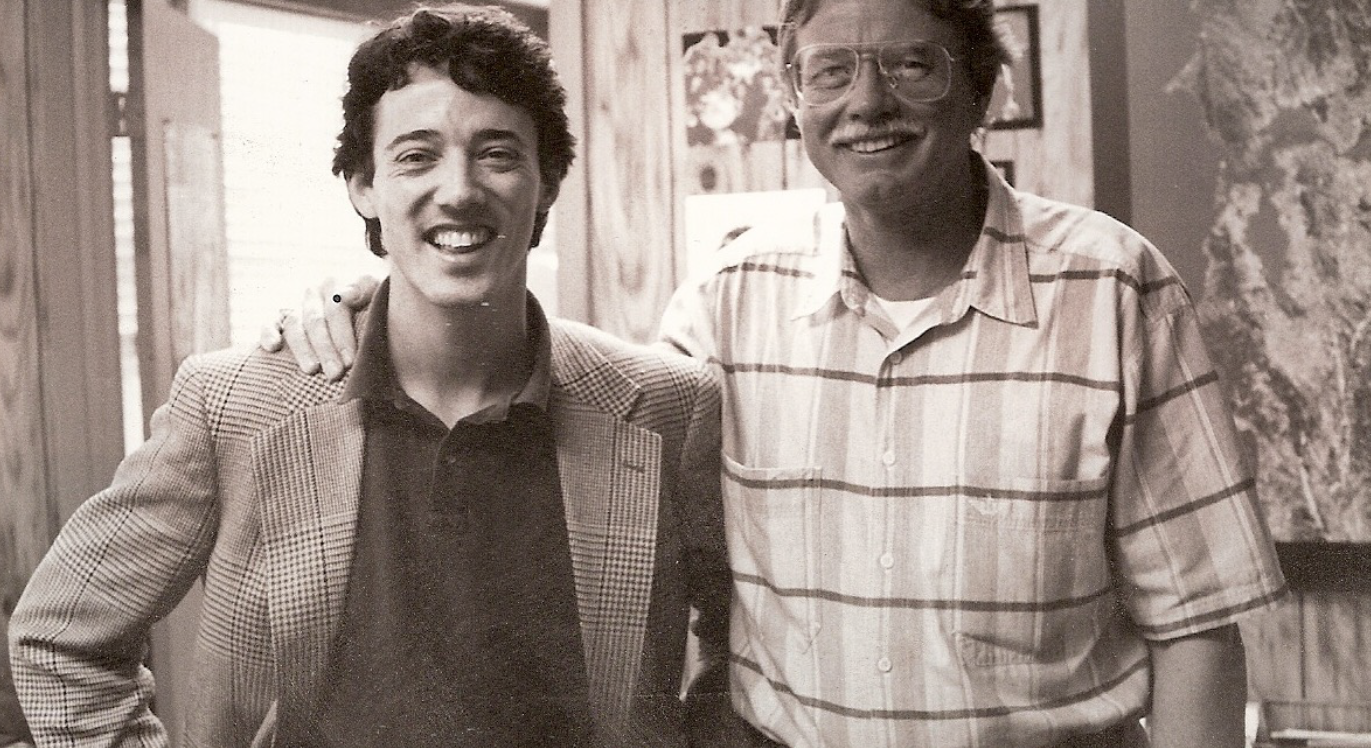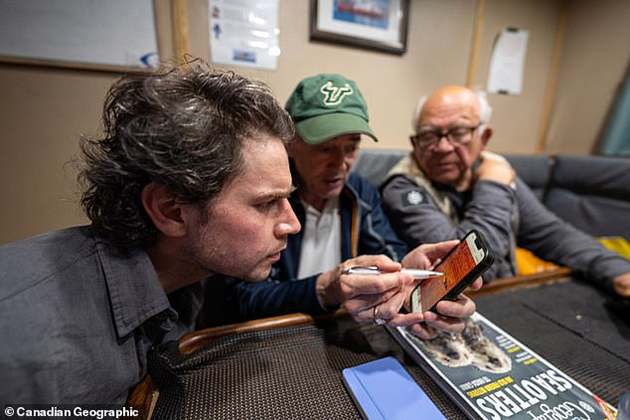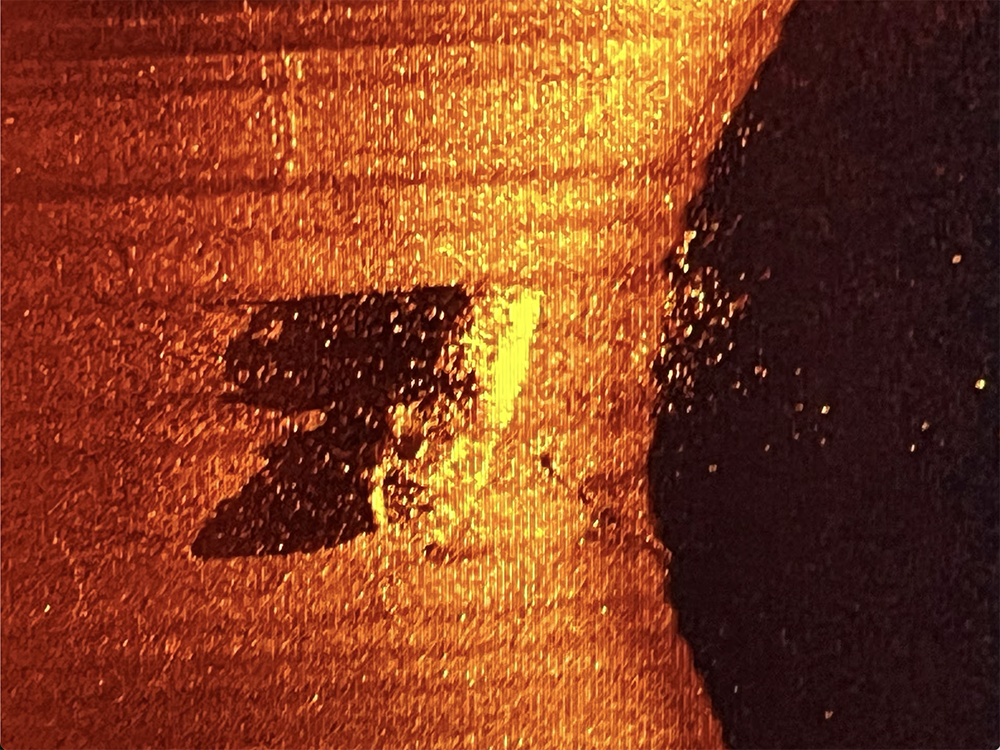By: Dyllan Furness, Science Communication Manager for the Florida Flood Hub for Applied Research and Innovation
Shipwreck hunter and USF alum David Mearns has made another outstanding discovery: the remains of Quest, the steamship on which polar explorer Ernest Shackleton made his final voyage.
The iconic sunken ship was recently discovered almost 1,300 feet below the surface in the Labrador Sea off the coast of Newfoundland, Canada by a team led by Mearns and The Royal Canadian Geographical Society.
Mearns is no stranger to extraordinary discoveries on the ocean floor — in fact, he wrote the book on it. He has helped discover dozens of historic shipwrecks around the world, often leading the search operations as he did for the Quest shipwreck expedition.
“I have a track record of success in finding these things I set out to find,” Mearns said.
Mearns graduated in 1986 from what was then the USF Department of Marine Science (now the College of Marine Science). He studied geological oceanography and credits his skill for finding underwater objects to the training he received as a graduate student.
To find a sunken ship or airplane, Mearns employs side-scan sonar, which creates an image of the seafloor through sound waves. The sonar device is mounted on the ship’s hull or towed behind the boat. By emitting sonic pulses and recording the acoustic reflections, the device can render features on the seafloor, which experts like Mearns interpret to reveal a hidden underwater world.
“The expertise I have for operating this type of equipment and interpreting the images, I learned to do at USF,” he said.
Mearns first experimented with side-scan sonar on research cruises as a graduate student. His master’s project involved scanning relatively shallow coastal waters in Onslow Bay, North Carolina to understand the impacts of hurricanes on the seafloor.

IMAGE ABOVE: David Mearns (left), seen here during his graduate studies at USF, has had a storied career finding sunken objects such as ships and airplanes. Albert Hine (right), emeritus professor of geological oceanography at the College of Marine Science, served as his major advisor. Courtesy of Albert Hine.
“At the time, we were going through a technological surge of instrumentation,” said Albert Hine, emeritus professor at CMS and Mearns’ advisor. “We were able to buy and experiment with these new instruments. David was wonderful with technology. I was more about the concept and science, so we made a great team.”
Mearns’ thesis was published in the prestigious journal Geology.
Since graduating, Mearns has had a storied career and helped revolutionize the search for shipwrecks and other sunken objects by adapting side-scan sonar for deep water applications. His efforts have earned him an Order of Australia, a USF Distinguished Alumnus Award, and a USF Global Leadership Award among other accolades.

IMAGE ABOVE: David Mearns, seen here in a USF hat while reviewing a sonar image of the shipwreck, credits his expertise to the skills he learned while studying marine science at USF. Credit: Royal Canadian Geographical Society.
Mearns, who is often seen sporting a USF ballcap, takes tremendous pride in being a Bull.
“I’m really proud of my time at USF,” he said. “USF continues to grow in stature, and I’m so impressed by the quality of students at the College of Marine Science. I feel my degree is even more valuable today than when I first graduated.”
To students and future scientists inspired by his discoveries, Mearns imparts this simple advice: “Go to sea. It’s the real proving ground for what you do as a scientist. It’s a fantastic experience that bonds you with your colleagues. Every chance you get, go to sea.”
